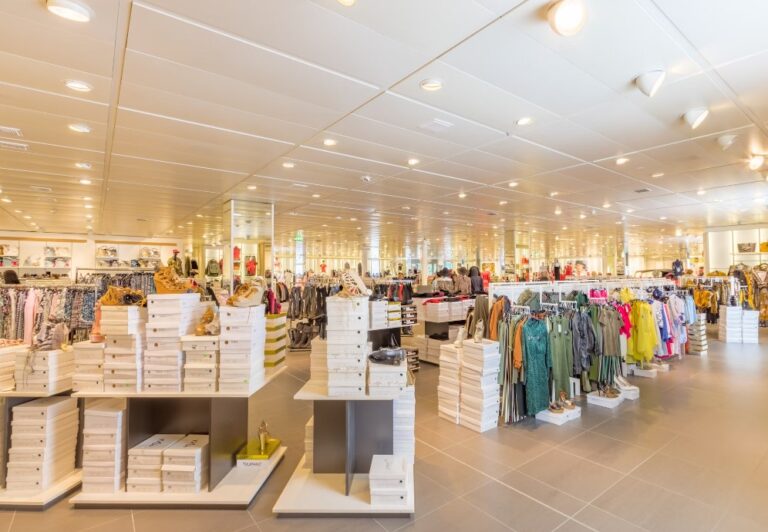In European countries, low-cost has been the master of entire supply chains for decades, strong also in the fact that for nearly three decades general inflation has never accelerated much, in fact on several occasions it has slowed to below zero.
Probably the Covid-19 pandemic has opened a new phase in our economy, a kind of general restart. But not of incomes, but of prices.
Since the introduction of the euro in 2002, inflation has never risen above 3-4%, the limit beyond which we risk hyper-inflation. For more than a year we have been experiencing a double-digit index, as in the 1980s and 1990s.
So prices have exploded, and what was low-cost has now become expensive. Especially for those who have not seen their incomes rise. And maybe it’s just as well, the end of the low-cost economy could create something good in the long run.
Table of Contents
Why the low-cost economy is now at an end (and rightly so)
The benefits of the low-cost economy are unfortunately superficial. Clothing becomes either high quality or good for a season, food as well, services as well. In their inability to discern from price, consumers, especially those with low incomes, have preferred quantity to quality.
Thus two parallel worlds are created, one boutique and one mass. However, the one who gets the most in terms of turnover is obviously the last, if only because of the sheer number of its customers.
And this is because price is its strength, not necessarily quality. It works in just about every supply chain. Just think in the large-scale retail sector how much more important discount stores are becoming for those aiming to save money, compared to those in traditional supermarkets.
But the one that bills more does not necessarily aim to turn its source of income into something else. Because investing in competing sectors also means risking friendly fire in the long run, a dangerous backlash to one’s core business. Indeed, if it can, it keeps it, thus continuing to contribute to the low-cost economy.
What will happen in the next decades
But this is only possible if price remains its strength. In recent decades, the average consumer could aspire to the quality product from time to time, albeit an expensive one, but his or her everyday was in the basic, discounted product.
If you have 100, you have to maximize your spending by buying as much as possible. A mantra that also leads to waste. It is no coincidence that in all sectors there are tons of leftover materials, almost never used (clothes, food, hygiene materials…).
Therefore, the products of the low-cost economy are an impoverishment from quality, an increase in waste and the blocking of real investment. All of which, now that the low-cost economy is at the end of the line, we could get rid of, and get off to a better start.
With inflation so high, low-cost prices no longer exist, especially in the case of the airline industry, with companies like Ryanair now being forced to raise prices, and end up in the government’s crosshairs. And so in all other sectors. The low-cost tier is now gone, and now we see what is worth buying.
Read also: Postcapitalism: what is it and what are the main principles of this potential economic model
What will come after low-cost
Faced with the prospect of a low-cost economy at the end of the line, what comes next will have to treasure the mistakes of this kind of consumerism and begotten capitalism.
Inevitable will be the return to the limitation of goods. Objects and products that are today accessible to all because of their low price will return after the end of low-cost to being accessible only to high incomes. While other goods will be the “obligatory” choice of those with low incomes.
Those who have grown rich in this type of economy will have to begin to present their products to an audience capable of withstanding the new prices. Quality will therefore be needed, investment in a “different” product.
There will have to be a focus on loyalty, on branding. And many companies will have to concentrate their sales on smaller markets, albeit with a more certain economic return. A kind of “triumph” of the boutique economy.
Mass production could even be compressed, greatly reduced: fewer goods produced, more concentrated quality. If limited to a “lucky” few, the mass will change habits and forget that kind of good, preferring something else.
Of course, this will not affect all supply chains. Partly because there are goods that we all use every day, and such deprivation would be too dangerous. All of this could affect sectors that have become entrenched in low-cost, however, such as airlines, discount stores, and clothing retail.
Read also: From mass production to mass customization: the future of manufacturing












